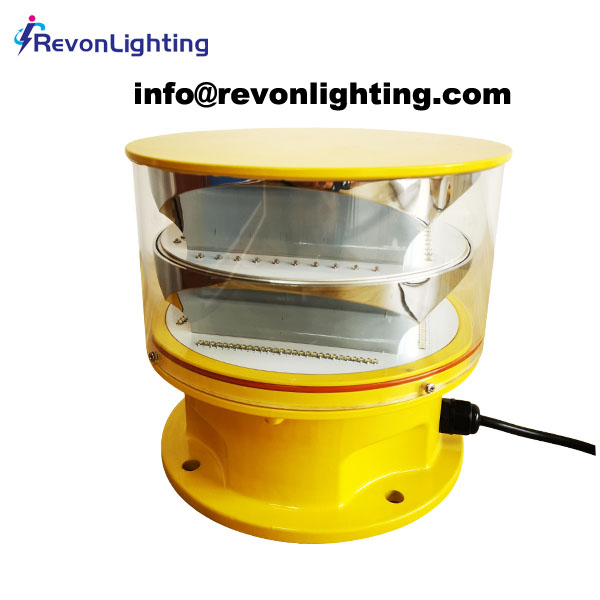LED Obstruction Lights: Revolutionizing Aviation Safety
Introduction:
In the ever-evolving world of aviation, safety remains a top priority. One significant advancement in aviation safety technology is the use of LED obstruction lights. These lights, equipped with light-emitting diodes (LEDs), have revolutionized the way tall structures are marked and have greatly enhanced visibility for pilots, especially during low-visibility conditions. In this article, we will explore the significance of LED obstruction lights and their impact on aviation safety.
What are LED Obstruction Lights?
LED obstruction lights are specialized lights designed for marking tall structures, including buildings, towers, wind turbines, and antennas, to alert pilots to their presence. These lights utilize energy-efficient LEDs to emit highly visible light signals, ensuring heightened safety during night operations and low-visibility conditions.
Key Features of LED Obstruction Lights:
Energy Efficiency: LED obstruction lights consume significantly less energy compared to traditional incandescent lights. This energy efficiency translates into reduced operational costs and a smaller environmental footprint.
Longevity: LED lights have a longer lifespan compared to traditional lights, reducing the need for frequent maintenance and replacement. This results in cost savings for structure owners and ensures consistent lighting performance.
High Visibility: LED obstruction lights emit bright light that is highly visible to pilots. The LEDs can be programmed to produce specific flash patterns, enhancing their recognition and differentiation from other lights in the vicinity.
Durability: LED lights are designed to withstand harsh weather conditions, including extreme temperatures and vibrations. This durability ensures reliable performance in various environmental settings.
Low Maintenance: LED obstruction lights require minimal maintenance due to their long lifespan and robust design. This reduces downtime and increases the availability of these safety-critical lights.
Advantages of LED Obstruction Lights:

Enhanced Safety: LED obstruction lights significantly improve aviation safety by providing clear and highly visible warnings to pilots, allowing them to identify and navigate around tall structures during critical phases of flight.
Cost Savings: The energy efficiency and long lifespan of LED lights result in reduced energy consumption and maintenance costs for structure owners, making them a cost-effective solution in the long run.
Environmental Impact: LED lights contribute to environmental sustainability by consuming less energy and reducing carbon emissions. Their lower power demand helps conserve natural resources and minimizes the overall ecological footprint.
Compliance with Regulations: Aviation authorities, such as the International Civil Aviation Organization (ICAO) and Civil Aviation Safety Authority (CASA), have specific regulations regarding obstruction lighting. LED obstruction lights are designed to meet these regulations, ensuring compliance and standardized safety practices.
Future Trends:
As technology continues to advance, LED obstruction lights are expected to undergo further improvements. These advancements may include increased integration with automated systems, such as remote monitoring and control, allowing for more efficient maintenance and real-time performance monitoring. Additionally, ongoing research and development efforts aim to enhance the visibility and reliability of LED obstruction lights, further optimizing aviation safety.
| LED Obstruction | LED Obstruction light |
Conclusion:
LED obstruction lights have transformed the aviation industry by providing highly visible, energy-efficient, and durable lighting solutions for marking tall structures. Their advanced features and compliance with regulatory standards have significantly contributed to improved aviation safety. As the demand for enhanced safety and sustainability continues to grow, LED obstruction lights will remain an integral part of aviation infrastructure, ensuring safer skies for all involved in air travel.